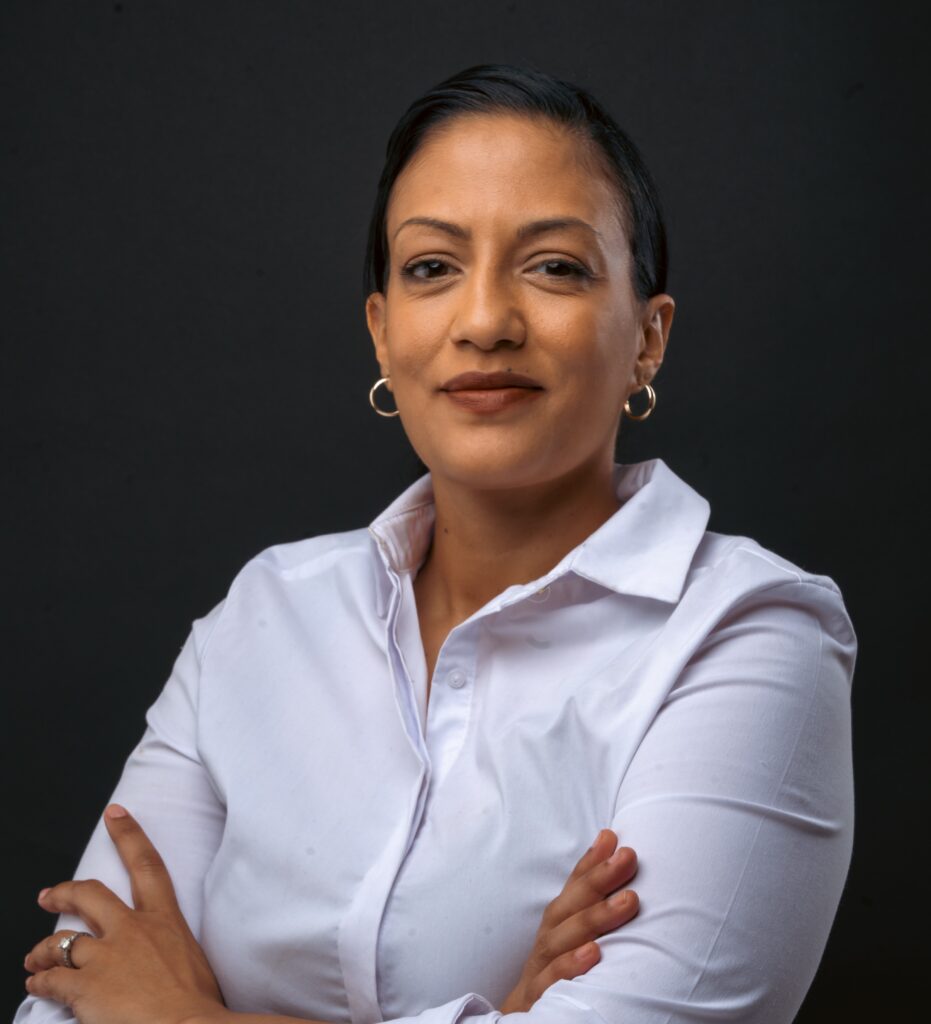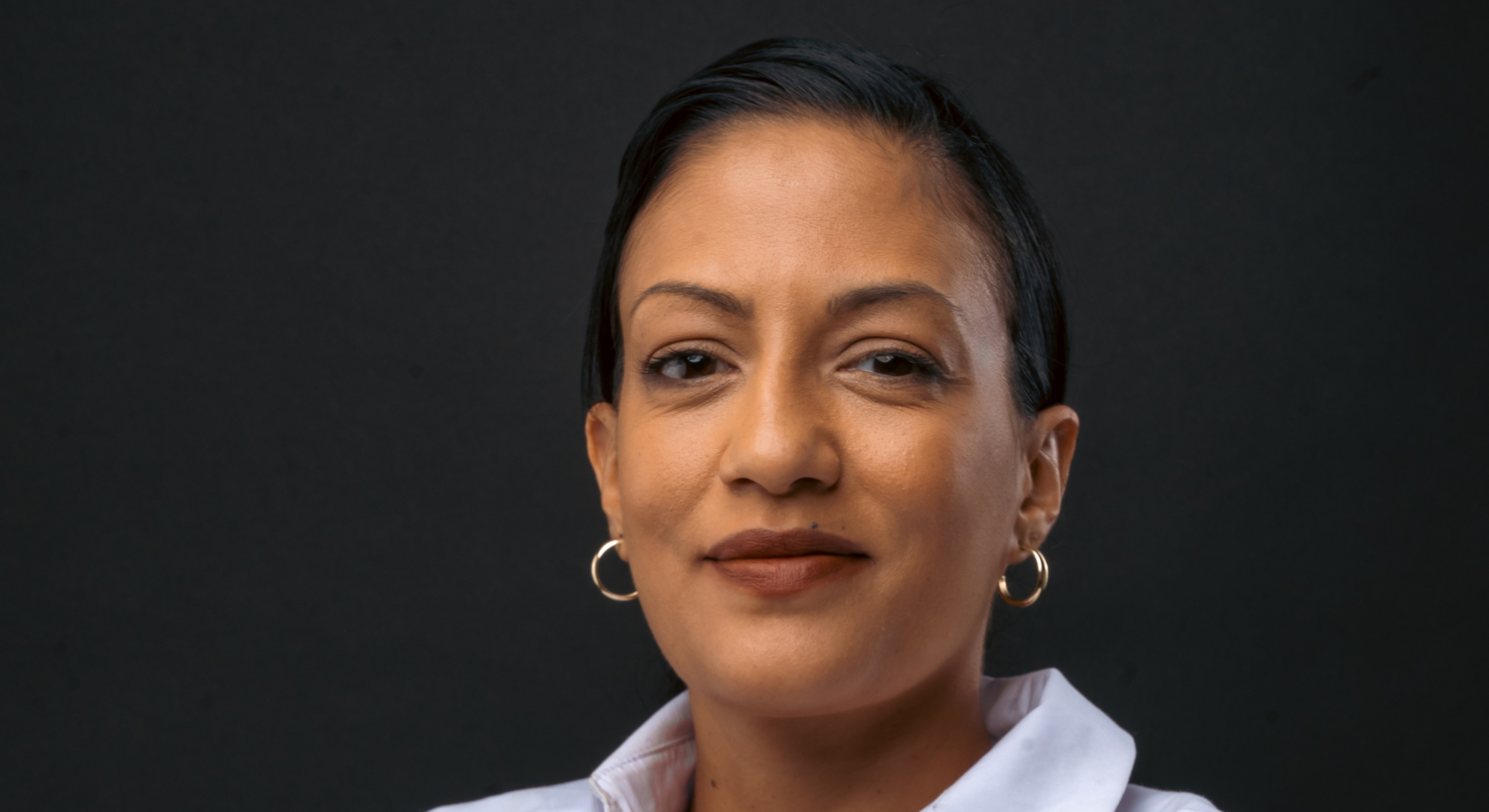In the traditionally male-dominated realms of mining, construction, and manufacturing, women are increasingly breaking barriers and making their mark. This shift, however, brings to light a critical challenge: the lack of inclusive safety gear designed specifically for female workers in these industries. Despite their growing numbers, many women continue to grapple with ill-fitting Personal Protective Equipment (PPE) that compromises safety, comfort, and confidence.
The gender gap in PPE – addressing women’s unique needs
The importance of gender-specific PPE in heavy industries must be emphasised. PPE serves as the first line of defence, protecting workers from hazardous environments and potential injuries. However, when it fails to fit properly, it can become a liability rather than a safeguard. Women, with their unique body shapes and clear physiological differences, often find themselves struggling with gear that does not accommodate their needs. This can lead to discomfort, reduced mobility, and a heightened risk of accidents in the workplace.
One significant challenge faced by women in heavy industries is the lack of appropriate breast protection and accommodations in PPE, particularly with fall arrest harnesses. Traditional PPE, designed primarily for men, often overlooks this vital aspect, leaving women vulnerable to life-threatening injuries in the event of a fall or impact. Furthermore, the weight and distribution of male or ‘unisex’ PPE can be uncomfortable and even dangerous for women with larger breasts.
Tailored protection by addressing women’s specific needs in PPE
To address these issues, the design of harnesses and other fall protection equipment must be adapted to accommodate women’s bodies, ensuring proper fit and preventing potential hazards. Workwear, such as coveralls, should be tailored to the needs of female workers in these heavy industries. Women typically have smaller waists and larger hips and buttocks, requiring garments with extra fabric to accommodate their body shape. This ensures comfort, modesty, and prevents exposure to hazardous environments and chemicals. Well-fitting PPE is vital for women in heavy industries as it provides protection from hazards while preventing discomfort, embarrassment, and potential PPE malfunctions that can compromise a woman’s ability to work effectively.
In addition to breast protection and accommodating natural curves, other factors must be considered when designing PPE for women. Footwear, for example, is often designed with male feet in mind, potentially leading to discomfort and injuries for women with narrower or differently shaped feet. However, safety footwear that has been specifically designed to better fit women’s feet offer improved comfort to reduce strain on the body. For women who spend more than eight hours a day on their feet, companies have a duty to provide the appropriate footwear to achieve the same level of protection afforded to their male counterparts.
Specialised maternity wear is also a need for women in heavy industries, and companies can no longer ignore the risk of pregnant women in the workplace. Traditional PPE often does not accommodate the unique needs of pregnant women, potentially causing discomfort and health risks. On the other hand, maternity workwear is designed to provide a comfortable and safe fit throughout pregnancy, allowing women to continue their work without compromising their well-being.
More than just a fit – the psychological impact of inclusive PPE
Creating inclusive safety gear goes beyond simple size adjustments. It necessitates a deep understanding of women’s specific needs and challenges in the workplace. The limited availability of PPE designed for women is a critical safety issue that safety and procurement officers must address urgently. This is a fundamental step in ensuring all workers have suitable, well-fitting protective gear that requires procurement teams to pay urgent attention to addressing the PPE needs of women, while actively seeking out gender-specific options. At a workplace level, where gender-appropriate PPE is not yet available, women workers need to know that they have the right to request that PPE is provided to meet their specific needs to ensure their safety without compromising comfort or fit.
By sourcing gender-specific PPE from local manufacturers, companies can empower women by providing them with functional and comfortable equipment that enhances their job performance. Inclusive safety gear goes beyond physical protection; it also positively impacts women’s mental well-being. When workers feel confident and comfortable in their equipment, they are more likely to be engaged, productive, and motivated. By prioritising the provision of PPE tailored to the unique needs of female workers, companies can significantly improve safety, comfort, and productivity, showing that such an investment not only benefits individual women but also contributes to a more inclusive and equitable workplace.



